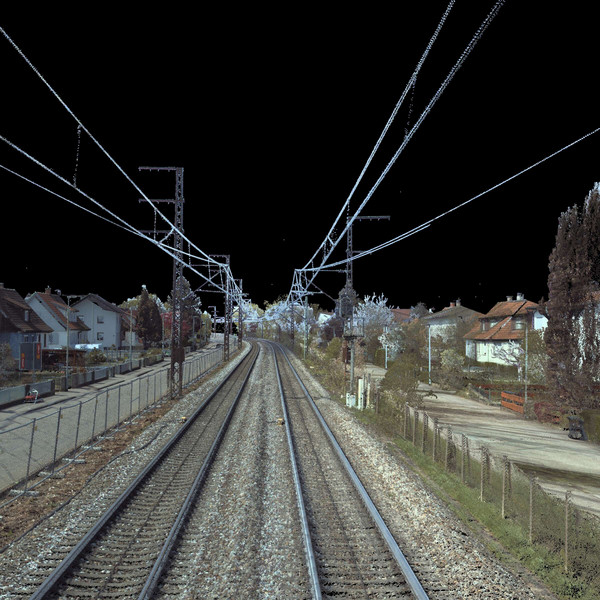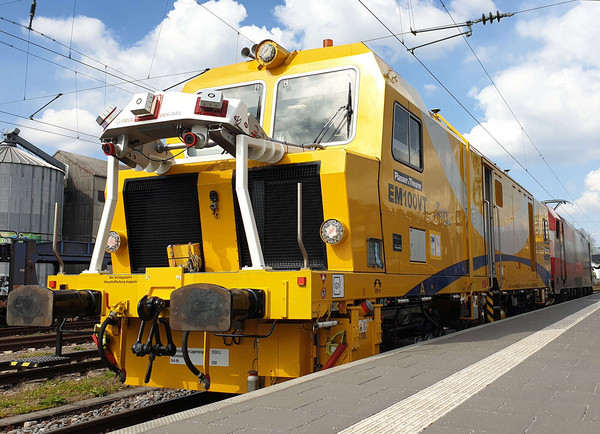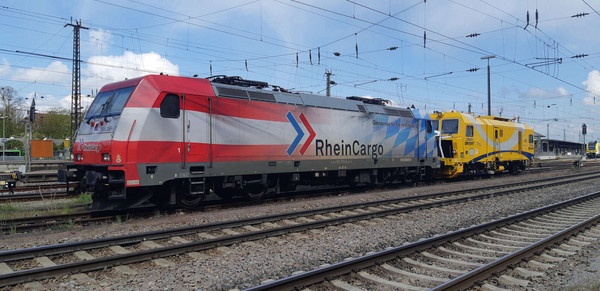Digital twins elevate the planning of railway lines to a completely new level. The associated benefits, which are significant, are demonstrated by the Offenburg project where tmc, expert in railway digitalization, digitally converted a 50 km line.
It is envisaged to increase the capacity on the line between Karlsruhe and Basel, which is already heavily frequented. DB Netz AG aims to expand the line to four tracks and completely renew it in parts. A section of the line runs between Appenweier and Lahr, part of which will also be the Offenburg tunnel at a length of 11 km. Here, Obermeyer, one of Germany’s largest engineering companies, is responsible for planning. To be able to make use of the BIM method (Building Information Modeling), a digital twin of 50 km of track in total was to be created. The contract for this went to Track Machines Connected (tmc), the digitalization expert of the Plasser group of companies.
The digital twin excels with its average absolute accuracy of 2 cm. Thus, all future planning can be carried out in front of the monitor.


